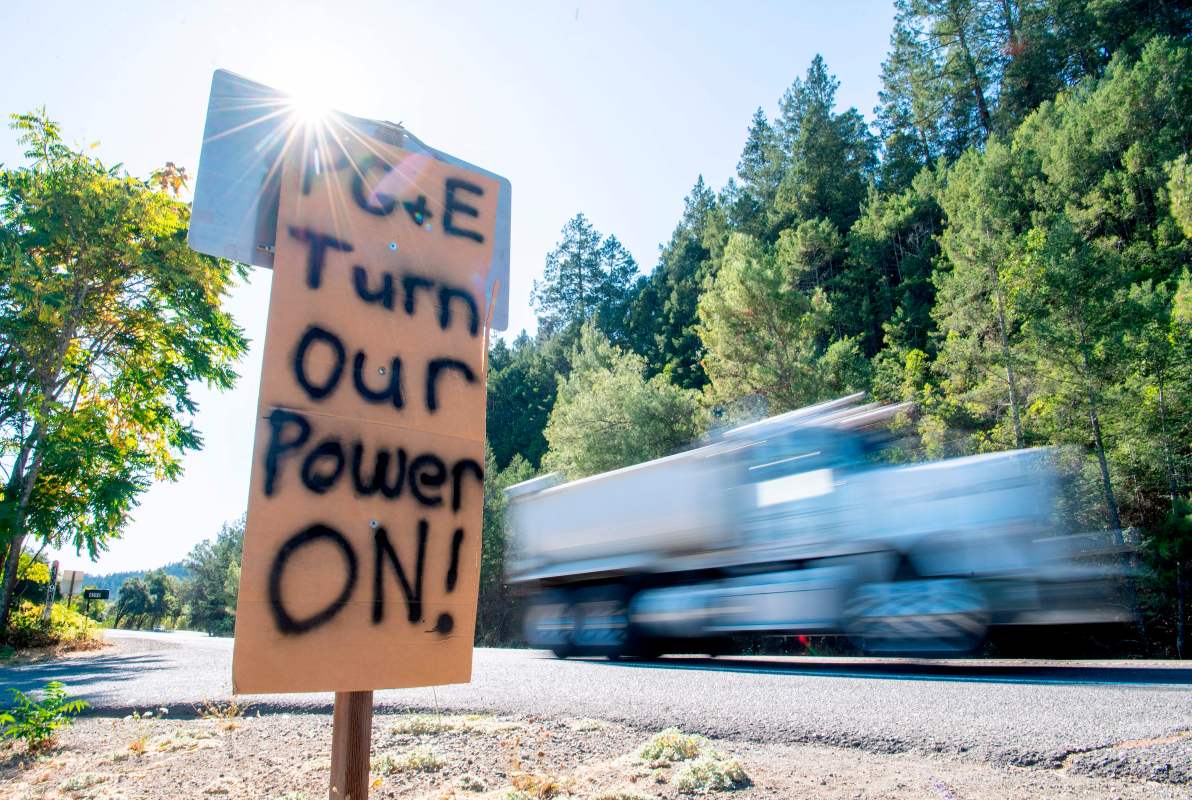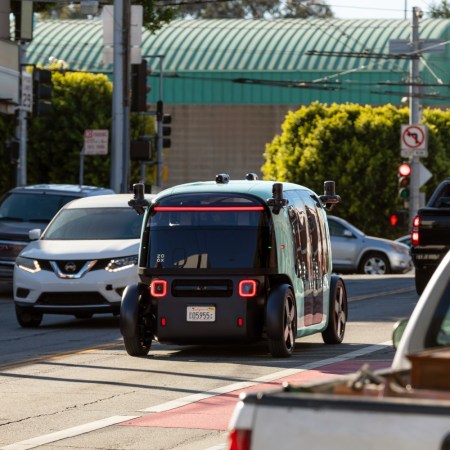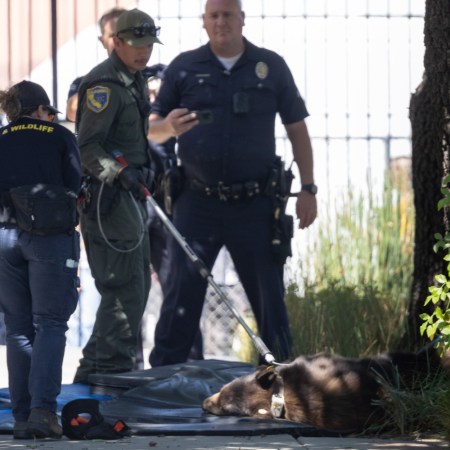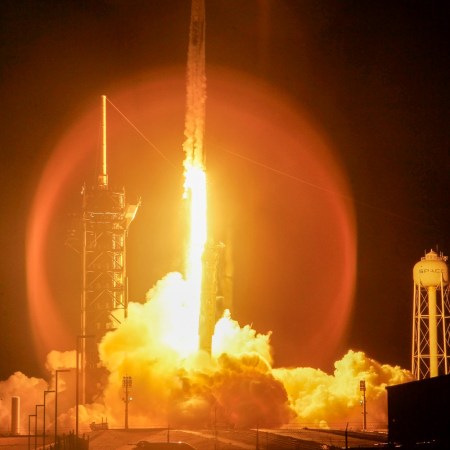Last week, utility provider Pacific Gas & Electric shut off electrical service to more than 700,000 California residents in an attempt to prevent wildfires during a particularly dry period. It was the largest deliberate blackout in the nation’s history, and the results were disastrous. Unfortunately, according to Vox, it’s going to keep happening.
Affected residents had little warning, leaving energy-dependent facilities like schools, nursing homes, emergency rooms, police stations and fire stations scrambling. Dark roads saw multiple traffic accidents, and government phone lines were tied up with calls from panicked residents. In all, the total damage caused by the blackouts is estimated to come in between $1.8 billion and $2.6 billion.
Despite the high cost and disastrous results, however, residents have been informed these deliberate, large-scale blackouts will become a regular fixture of life in California. Utility providers in the state, in conjunction with the California Public Utilities Commission, have decided the massive blackouts, however disastrous, pose less of a threat than the wildfires they seek to prevent.
According to Vox, some areas of the state could see upwards of 15 of these Public Safety Power Shutoffs per year, and each could last two to five days. While legislators and regulators are pushing for improvements that will hopefully help future power shutoffs run a little more smoothly, there is reportedly little chance of eliminating them. In a recent tweet, FEMA Region 9 warned residents that the shutoffs could be “the new normal.”
Thanks to a toxic cocktail of confounding issues stemming, broadly, from climate change and poor forest management, California’s wildfire crisis is only getting worse. In the past 10 years, the state has seen five of its 10 biggest wildfires, and seven of its most destructive, according to a recent report commissioned by Governor Newsom. In the wake of this increasing danger, power shutoffs have emerged as an imperfect solution that residents are being forced to accept as “the new normal.”
Subscribe here for our free daily newsletter.
Thanks for reading InsideHook. Sign up for our daily newsletter and be in the know.


















